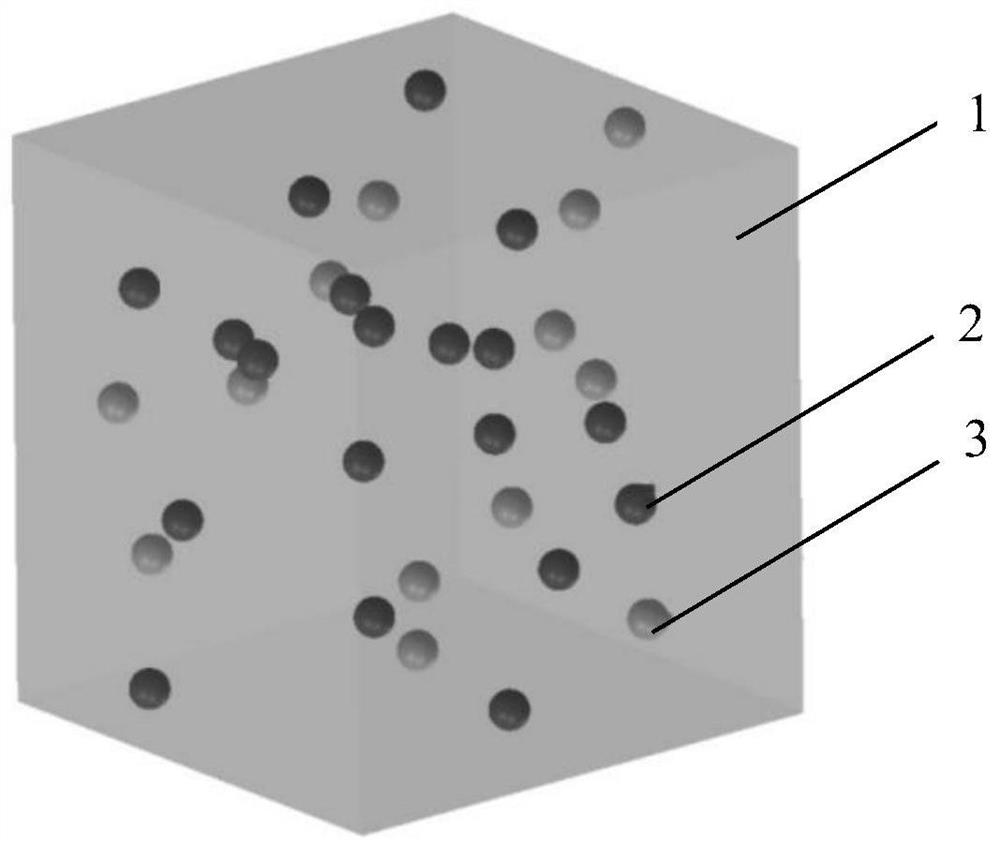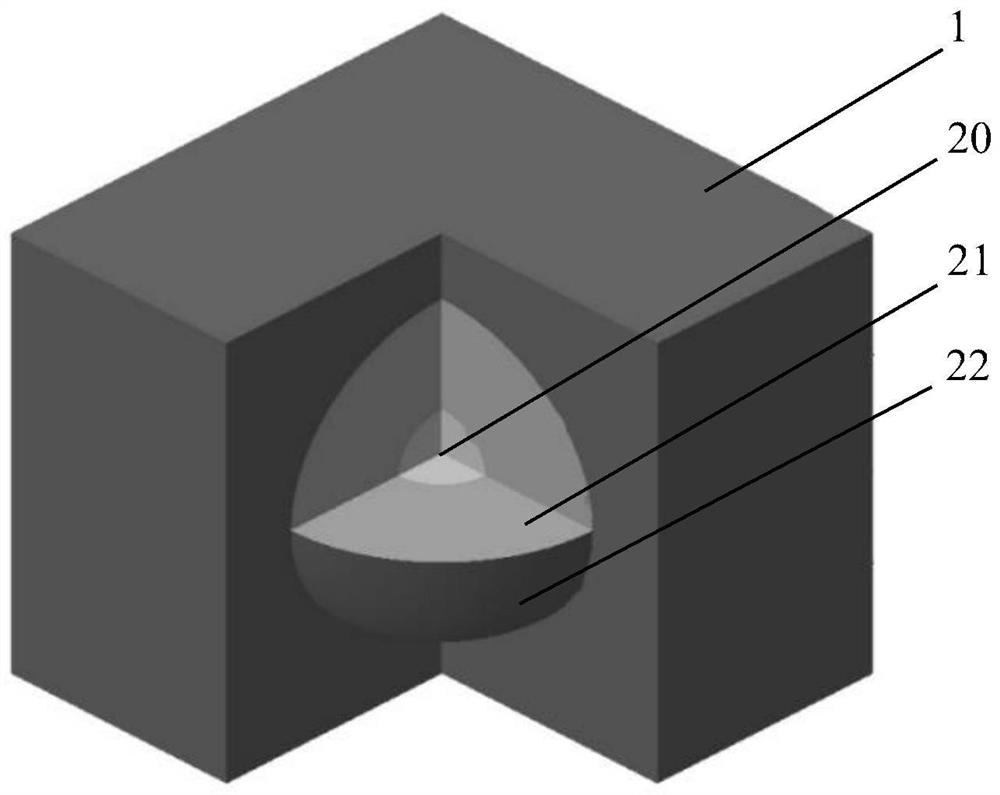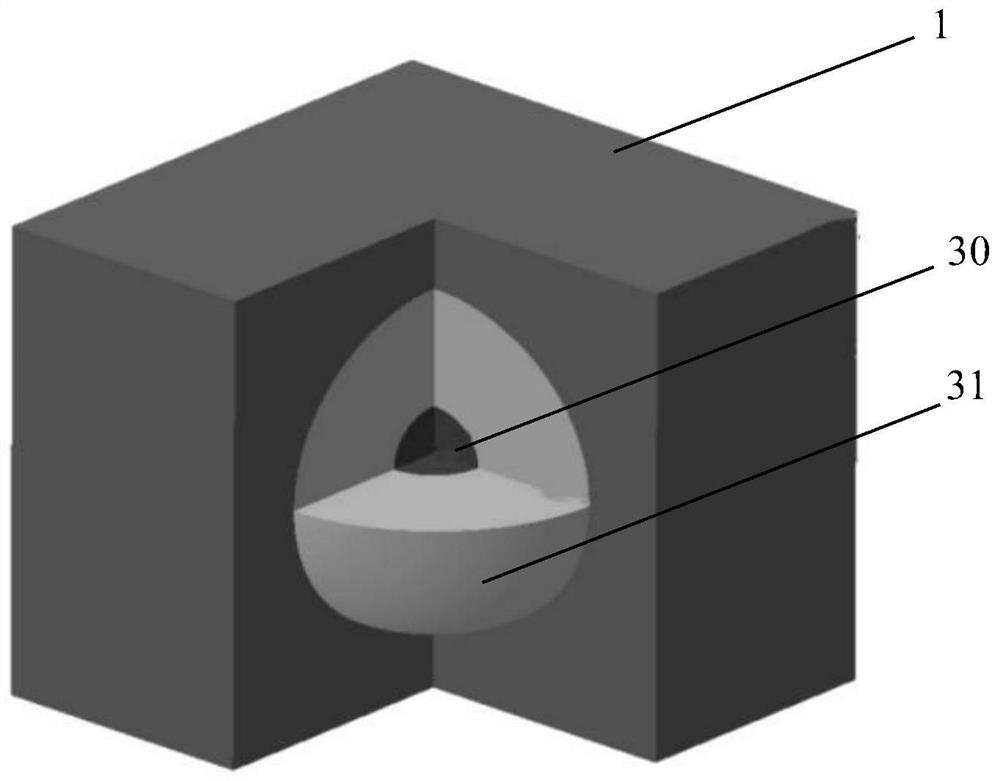Acoustic metamaterial for blocking low-frequency noise of transformer substation and preparation method
An acoustic metamaterial and low-frequency noise technology, which is applied in the direction of sound-emitting devices and instruments, can solve the problems of poor low-frequency noise blocking effect, and achieve the effect of improving the blocking effect
- Summary
- Abstract
- Description
- Claims
- Application Information
AI Technical Summary
Problems solved by technology
Method used
Image
Examples
Embodiment Construction
[0028] In order to enable those skilled in the art to better understand the solution of the present application, the technical solution in the embodiment of the application will be clearly and completely described below in conjunction with the accompanying drawings in the embodiment of the application. Obviously, the described embodiment is only It is a part of the embodiments of this application, not all of them. Based on the embodiments in this application, all other embodiments obtained by persons of ordinary skill in the art without making creative efforts belong to the scope of protection of this application.
[0029] For ease of understanding, see Figure 1 ~ Figure 3 , an acoustic metamaterial for blocking substation low-frequency noise provided by the application, including a base material 1;
[0030] The substrate 1 is filled with a structural unit a2 and a structural unit b3, the structural unit a2 includes a liquid ball 21 with air bubbles 20 inside, and the struct...
PUM
 Login to View More
Login to View More Abstract
Description
Claims
Application Information
 Login to View More
Login to View More - R&D
- Intellectual Property
- Life Sciences
- Materials
- Tech Scout
- Unparalleled Data Quality
- Higher Quality Content
- 60% Fewer Hallucinations
Browse by: Latest US Patents, China's latest patents, Technical Efficacy Thesaurus, Application Domain, Technology Topic, Popular Technical Reports.
© 2025 PatSnap. All rights reserved.Legal|Privacy policy|Modern Slavery Act Transparency Statement|Sitemap|About US| Contact US: help@patsnap.com



